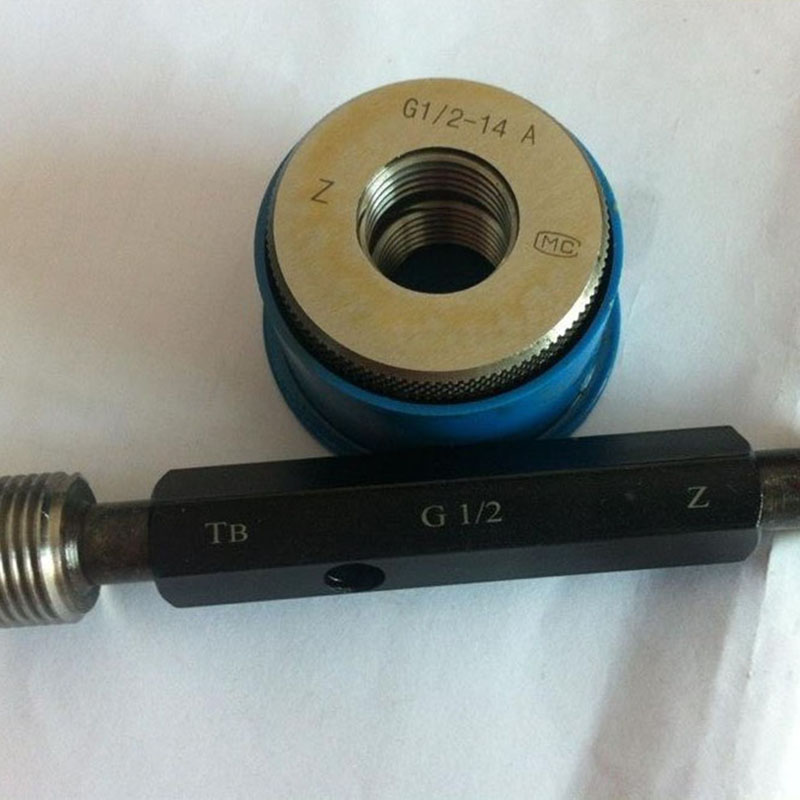Aug . 20, 2024 13:34 Back to list
Understanding the Functionality and Importance of Pilot Check Valves in Fluid Systems
Understanding Pilot Check Valves An Essential Component in Fluid Control Systems
Pilot check valves are critical devices widely used in hydraulic and pneumatic systems for controlling the flow of fluids. These valves play a significant role in ensuring the safe and efficient operation of various machinery and equipment. In this article, we will explore the functionality, applications, advantages, and maintenance aspects of pilot check valves.
What is a Pilot Check Valve?
A pilot check valve is a type of check valve designed to allow fluid to flow in one direction while preventing backflow in systems where flow control is essential. Unlike standard check valves, pilot check valves incorporate a pilot signal that allows for even more precise control of flow. This valve consists of a primary check mechanism and a secondary pilot control, which helps manage the valve's operation based on downstream pressure or other operational parameters.
How Do Pilot Check Valves Work?
The main function of a pilot check valve is to maintain unidirectional flow and assist in controlling the stopping process of actuators. When fluid flows in the intended direction, the pressure in the system opens the primary check mechanism, allowing the fluid to pass through. If the flow attempts to reverse, the primary check closes, thus preventing backflow.
The pilot control feature allows the valve to be held open or closed based on specific conditions. For instance, when the downstream pressure exceeds a preset level, the pilot mechanism can signal the primary check to remain open, allowing fluid to pass uninterrupted. This feature is particularly useful in systems that require precise control over fluid dynamics, such as hydraulic circuits in construction equipment or industrial machinery.
Applications of Pilot Check Valves
Pilot check valves are prevalent in various industries, including
1. Hydraulic Systems They are extensively used in hydraulic machinery, such as excavators, lifts, and hydraulic presses, to ensure controlled and safe operation while preventing unwanted backflow.
3. Automotive Industry These valves are found in braking systems and power-assisted steering systems, contributing to enhanced safety and performance.
pilot check valve

4. Water Treatment In water and sewage treatment plants, pilot check valves help regulate flow and prevent contamination by backflow.
Advantages of Pilot Check Valves
The use of pilot check valves offers several advantages
- Improved Control The pilot mechanism allows for finer control over fluid flow, which is essential in complex systems where variable pressures are involved.
- Preventing Backflow They provide a robust solution for backflow prevention, thereby increasing system reliability and safety.
- Space Efficiency Pilot check valves can be designed to occupy less space compared to other flow control devices, making them suitable for compact installations.
- Reduced Shock and Noise By controlling the flow rate and preventing sudden backflow, these valves help reduce hydraulic shock and operational noise, leading to a smoother operation.
Maintenance of Pilot Check Valves
While pilot check valves are designed for durability, regular maintenance is essential to ensure longevity and reliable operation. It is crucial to inspect the valves for wear, leaks, and blockages routinely. Cleaning the pilot control mechanism and ensuring it is free of debris will help maintain responsiveness and efficiency. Additionally, operators should consult the manufacturer's guidelines for specific maintenance intervals and procedures.
Conclusion
Pilot check valves are indispensable components in fluid control systems, offering precision in flow management and protection against backflow. Their unique features and versatility make them suitable for a wide range of applications across various industries. By understanding their operation and ensuring proper maintenance, engineers and operators can enhance the efficiency and safety of their systems.
-
Why Metric Trapezoidal Thread is Ideal for Precision Motion ControlNewsAug.05,2025
-
The Unique Properties of a Block of Granite for Industrial UseNewsAug.05,2025
-
The Role of Flanged Y Strainers in Preventing Pipeline ClogsNewsAug.05,2025
-
The Importance of Regular Calibration for Master Ring GagesNewsAug.05,2025
-
How a Cast Iron Surface Table Enhances Accuracy in ManufacturingNewsAug.05,2025
-
Comparing Different Check Valve Types for Optimal Flow ControlNewsAug.05,2025
Related PRODUCTS









